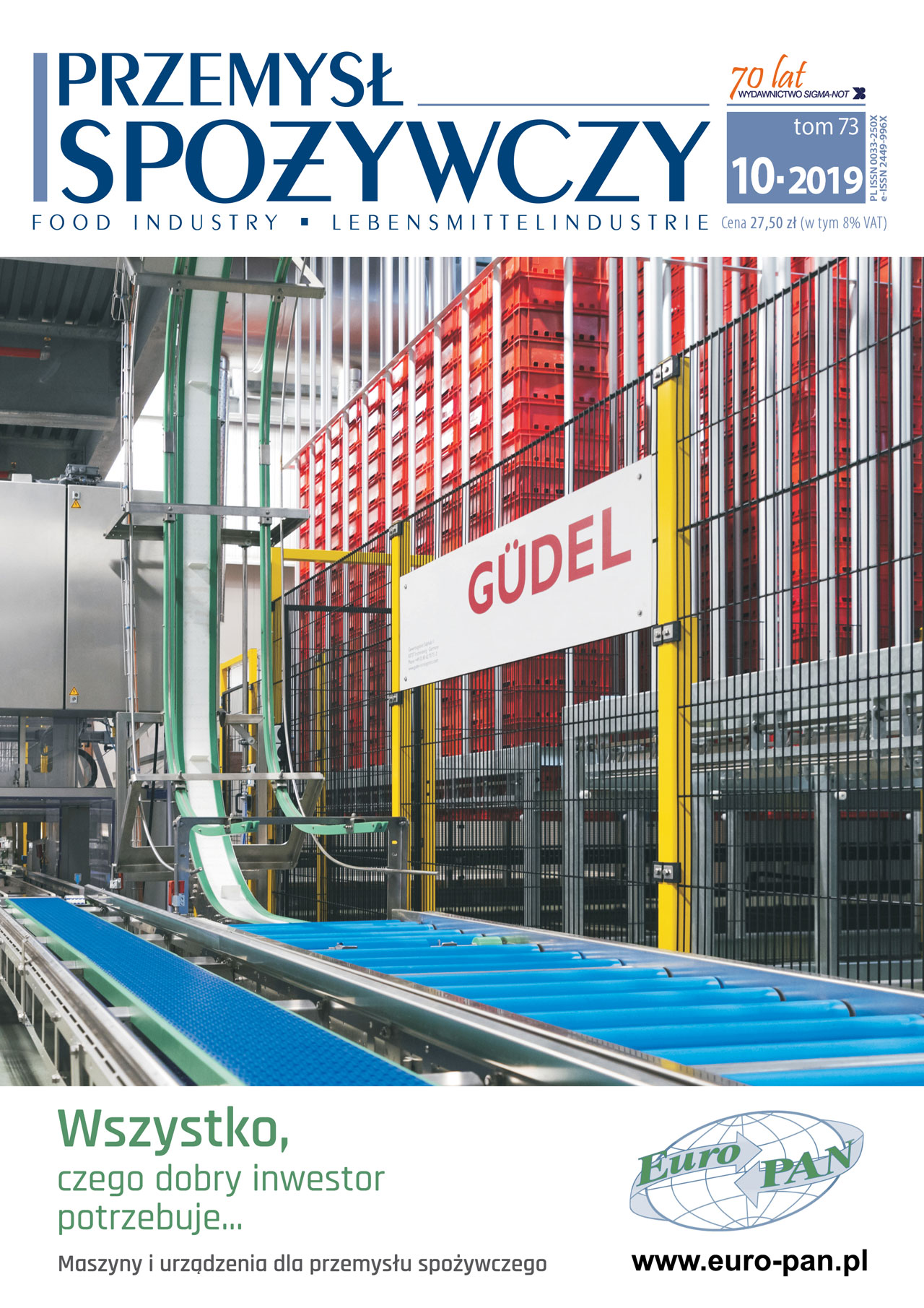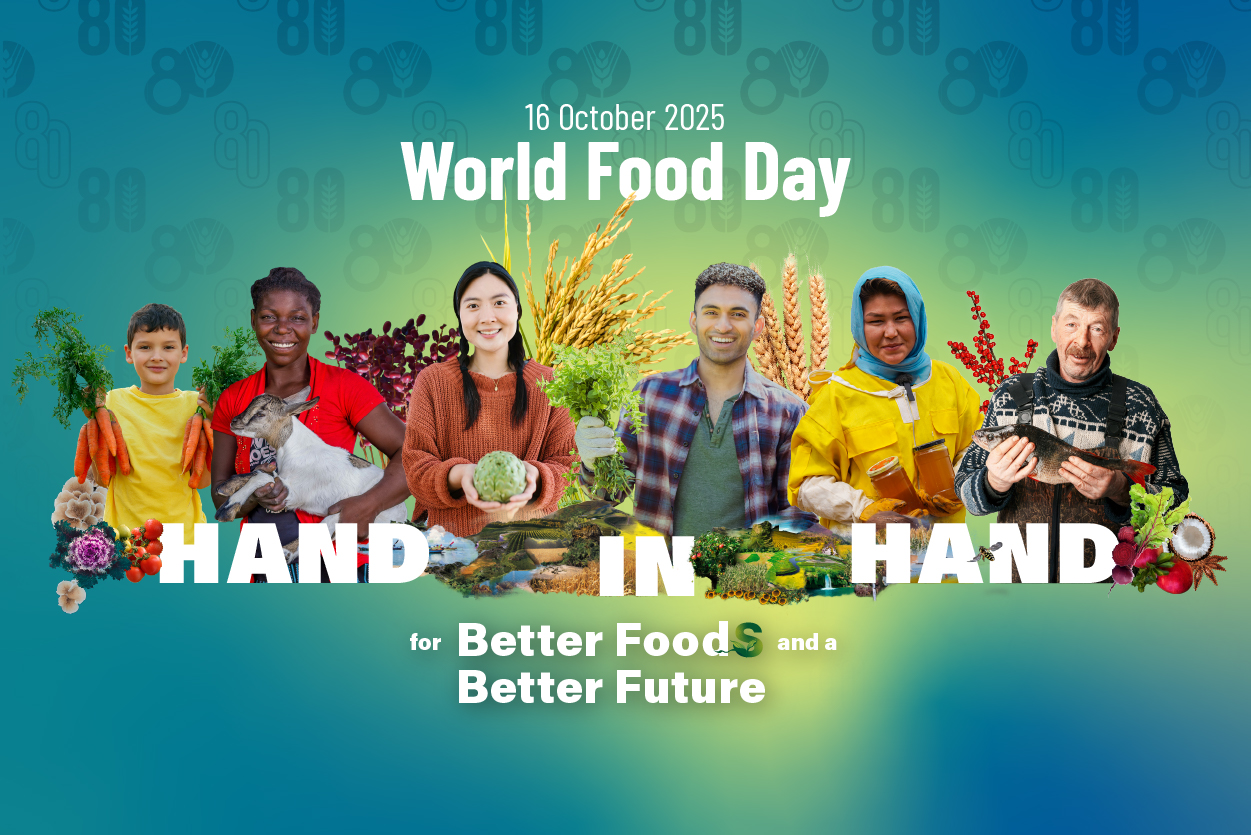ECONOMY
- 4 Domestic Dairy Sector After Poland’s Accession to the EU – Piotr Szajner (DOI 10.15199/65.2019.10.1)
After the accession to the EU Polish dairy industry has successfully adjusted to market conditions. Conducted modernisation processed allowed for an achievement of required veterinary and hygiene standards and adapt production to market regulations in the EU. Undergoing structural changes resulted in growing concentration of both raw material basis and dairy industry. Such changes triggered an improvement in efficiency of production and labour productivity. The dairy industry has been competitive on foreign markets which is confirmed by surplus in foreign trade. The financial situation of the industry is comfortable but highly reliable upon global markets, as exports account for a considerable share of output. Since the Polish dairy sector structure is still very fragmented as compared with major EU competitors, structural changes cannot be considered as completed.
KEY WORDS: market, prices, milk production, dairy sector, dairy products, demand, foreign trade, financial situation
TECHNICS – TECHNOLOGY
- 12 The Use of Propionic Acid Bacteria in Dairy Production – Małgorzata Ziarno, Dorota Zaręba (DOI 10.15199/65.2019.10.2)
Bacteria of the genus Propionibacterium are used in the dairy industry primarily because of their ability to produce propionic acid as well as releasing CO2, which is important for the formation of eyes in Swiss-type cheeses. Propionic bacteria also have other properties that are important for dairy technology, including the ability to use lactose and lactate, the ability to synthesize compounds that give flavour, taste and texture to fermented products, as well as antifungal and antibacterial compounds. Propionic bacteria also have the ability to produce large amounts of vitamin B12 and folacin. Some strains of the genus Propionibacterium have been developed as probiotics.
KEY WORDS: Propionibacterium, cheese making, cyanocobalamin, biopreservation
- 17 Comparison of Polyphenol Content and Antioxidant Activity of Selected Chocolates Obtained from Roasted and Unroasted Cocoa Beans – Paweł Pawłowski, Jolanta Kowalska (DOI 10.15199/65.2019.10.3)
EFSA’s positive opinion regarding the high content of flavanols in cocoa powder contributed to the intensification of research on the antioxidant potential of chocolates and their beneficial effect on human health. The chocolate market is currently undergoing dynamic changes and offers a wide range of products manufactured in a differentiated manner, including , for example, unroasted cocoa beans or short-fermented beans as in the case of ruby chocolate. Polyphenols are the most important chocolate ingredients for human health. The study showed a high content of polyphenols in both bitter and milk chocolates. No unambiguous effect of the roasting process on the studied indicator has been demonstrated, which is primarily due to the variety of cocoa beans used, as well as the region and crop conditions. Nevertheless, the analyzed chocolates show the diversity of the offer that meets the needs of various consumer groups, both those who prefer low-processed food, as well as vegetarians or those who like technological innovations.
KEY WORDS: chocolate, „raw” chocolate, ruby chocolate, polyphenols
- 24 Properties of raw materials for the production of unconventional flour – Katarzyna Marciniak-Łukasiak, Anna Żbikowska, Iwona Szymańska, Katarzyna Żbikowska (DOI 10.15199/65.2019.10.4)
The aim of review was to highlight the characteristics of raw materials, which are source of unconventional flour. The demand for new gluten-free products, baby food or dietetic food has contributed to the design of recipes based on unconventional raw materials. Manufacturers strive for partial or total replacement of wheat flour in the recipe composition with alternative flour. Among unconventional flour raw materials, there are: almonds, peanuts, true hemp, coconut, Jerusalem artichoke, chickpeas, pumpkin and sesa me. These flours may contain a lot of minerals (e.g. Fe, Zn, Ca, Mg), vitamins (e.g. A, C, B6, B12), essential amino acids, essential fatty acids and antioxidants (e.g. tocopherols, resveratrol, phenolic compounds). Therefore, the consumption of alternative-flour-based products may have a beneficial influence on health, e.g. by antimicrobial, anticarcinogenic, hypocholesterolemic or hypoglycemic effects.
KEY WORDS: unconventional flour, Jerusalem artichoke, true hemp, almonds, pumpkin
FOOD – FEEDING
- 32 Current Microbiological Hazards Listeria monocytogenes – Elżbieta Maćkiw, Monika Stasiak, Joanna Kowalska, Katarzyna Kucharek (DOI 10.15199/65.2019.10.5)
Bacteria L. monocytogenes is widely distributed throughout the environment; in soil, water, plants, digestive tracts of many and wild animals species. L. monocytogenes is a foodborne pathogen that causes listeriosis, a particularly severe illness for individuals with compromised immune systems, the elderly, pregnant women, and young children. There has been a statistically significant increas of confirmed listeriosis cases in the period 2008-2017. Seasonality of listeriosis is also recorded, with an increase in the summer months. Incidences of listeriosis are most often associated with the consumption of ready-to-eat food, processed fish and meats, soft cheese, seafood, fruit and vegetables salad. L. monocytogenes can also be found in food industry plants, colonizing the surfaces of various materials and devices.
KEY WORDS: Listeria monocyto- genes, food, microbiological criteria
- 40 Water in Human Nutrition – Consumers Dilemmas – Klaudia Wiśniewska, Diana Wolańska-Buzalska, Katarzyna Okręglicka (DOI 10.15199/65.2019.10.6)
Adequate water intake in relation to the body’s requirements is necessary to maintain good health. Despite numerous educational programs and the growing awareness of Poles regarding the importance and role of water and its regular consumption, Poles still consume insufficient amount of water in relation to the body’s demands, and the type of fluids consumed are in the incorrect proportions. In addition, there are also many consumers dilemmas. The purpose of this article is to present current data consumption of fluids by Poles and to clarify the most common doubts. The analyzed dilemmas primarily concern on the type of chosen water and its quality (sparkling or still, tap or bottle), time of consumption relative to the meal, and health risk associated with fluid overconsumption.
KEY WORDS: water, water intake, fluid intake, hydration
- 46 Plant Substitutes for Dairy Products Most Commonly Available on the National Market – Magdalena Stobiecka Joanna Wajs (DOI 10.15199/65.2019.10.7)
The market for milk substitutes based on plants has been growing in recent years. It results from the need to replace dairy products or milk components in the diet due to lactose intolerance or milk protein allergies, or it is a conscious lifestyle choice. The aim of the paper was to discuss plant substitutes of dairy products available on the market, mainly vegetable drinks, but also dairy-free ice cream. Characterization of the nutritional value of selected beverages available on the market as well as their sensory assessment was made. It was found that the nutritional value of each type of substitute depends not only on the nutritional value of the raw material but also on the production process. Consumer awareness in this area is particularly crucial when plant substitutes are used to fully replace cow milk in the diet.
KEY WORDS: milk, milk alternative, plant drinks, dairy- -free ice cream
EVENTS
- 8 World Fruit and Vegetable Day!
- 22 Superfruits
- 29 17 International Dairy Forum completed
- 37 World Food Day – the problems are still the same
- 45 Report from the Polish Federation of Food Industry (PFPZ ZP) conference entitled „Labeling of food products in the light of legal requirements and case law”




